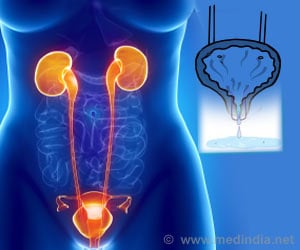Doctors from U.S implemented simple methods for a long period of research that ensures patient safety in ICUs preventing fatal blood stream infections.
Hospitals can ensure better safety for patients in ICU by adhering to simple techniques that can do away with potentially life threatening catheter-related infections. ICUs can become thoroughly aseptic by ensuring a through hand scrub, prompt disposal of used syringes and catheters. A detailed report was made by experts on Safety measures at Johns Hopkins. The details of the report are published in New England Journal of Medicine.
In order to ensure quality patient care, doctors need to ensure that these simple techniques are followed stressed Peter Pronovost, MD, from John Hopkins who is the medical director of Hopkins’ Centre for Innovation in Quality Patient Care. He led the research that reviewed over 103 ICUs in Michigan. The status of patient safety from the time of implementation of various safety measures was studied.It’s a false perception that, a huge budget is required to ensure high standards for patient safety commented Pronovost. Data collected during this research dashed all such myths. Remarkable difference can be achieved with minimal effort and low cost so long as each clinical worker is set on improving safety, diligently observing easy safety measures.
In the US alone over 80,000 bloodstream infections are reported annually from the use of central venous catheters that are devices introduced through blood vessels that terminates close to or within the heart itself to administer treatment. They are often the cause of over 28,000 deaths annually in the U.S.
This catapults the medical costs incurred by the health care system. Billions are lost each year. Simple steps to prevent blood stream infections can cut the costs in a big way.
A “checklist” to make sure that every health personnel adheres to right practices that ensure infection-control was done in the Michigan hospitals that were part of the study. Techniques like hand washing, avoiding placement of catheter through the femoral artery in the groin, proper use of separate gloves, masks and gowns for each procedure; cleaning’ skin of patients with chlorhexidine; and removing catheters at the earliest, were stressed upon.
The results were quite dramatic after the simple techniques were implemented and catheter related blood stream infections dropped considerably in the Michigan ICUs.
Advertisement
Source-Medindia
MST







